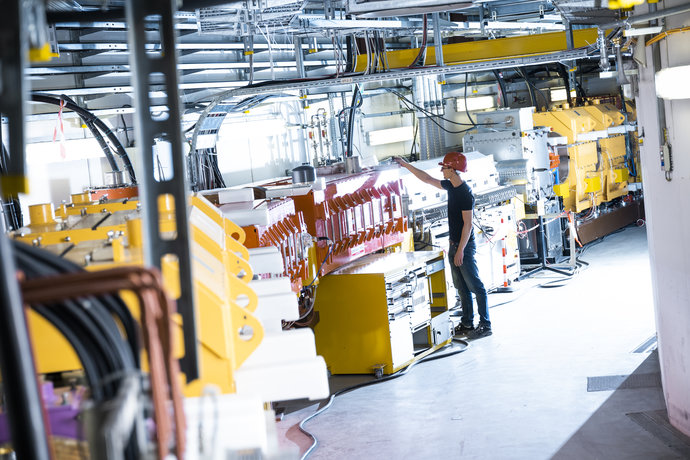
An innovative computer model of a human lung is helping scientists simulate, for the first time, how a burst of radiation interacts with the organ on a cell-by-cell level. This research, carried out at the University of Surrey and the GSI Helmholtzzentrum für Schwerionenforschung, Darmstadt, could lead to more targeted treatments for cancer and reduce the damage caused by radiotherapy.
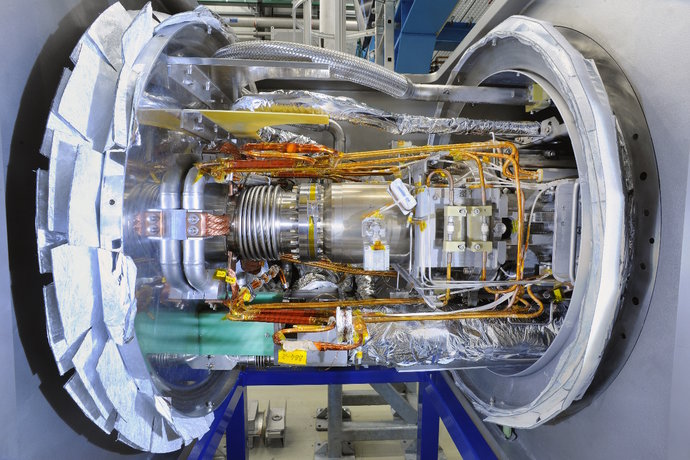
Recently, groundbreaking progress has been made for the large FAIR ring accelerator SIS 100: A section of the cryogenic part of the SIS100 was built at the STF series test facility on the GSI/FAIR campus and then tested for the first time at the required operating temperature of -269 degrees Celsius. This decisive step, the so-called string test, marks an important final milestone in the construction of large superconducting circular accelerators. It is mainly used to test the interfaces and...
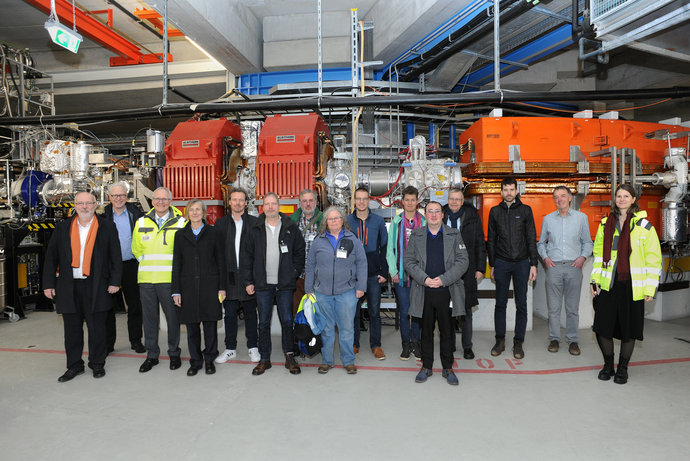
The Committee for Economic Development, Science and Citizen Participation of the City of Darmstadt recently visited the GSI Helmholtzzentrum für Schwerionenforschung and the FAIR Facility for Antiproton and Ion Research. The Darmstadt politicians learned about current research priorities and the FAIR accelerator center, which is currently under construction.
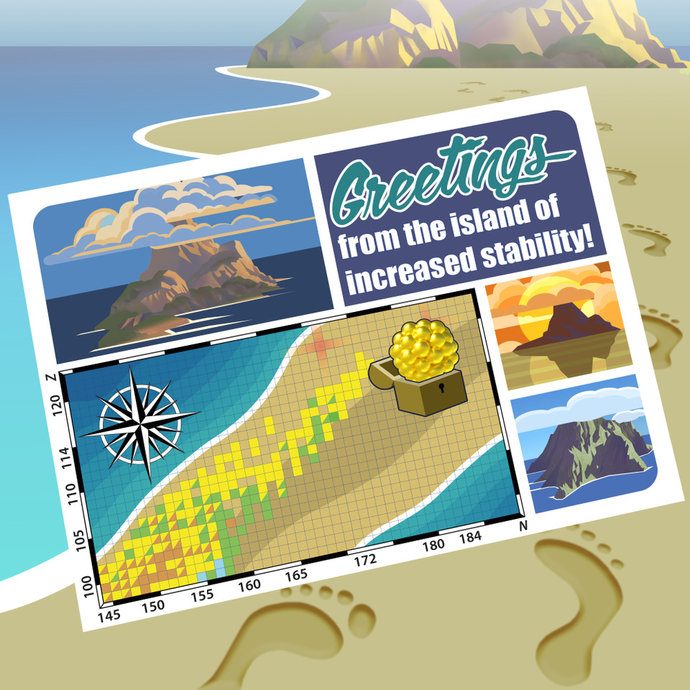
Since the turn of the century, six new chemical elements have been discovered and subsequently added to the periodic table of elements, the very icon of chemistry. These new elements have high atomic numbers up to 118 and are significantly heavier than uranium, the element with the highest atomic number (92) found in larger quantities on Earth. This raises questions such as how many more of these superheavy species are waiting to be discovered, where – if at all – is a fundamental limit in the…

The art-in-architecture competition for the FAIR Control Centre (FCC) building has a winner: an 8-meter-high copper column with an organically shaped, shiny metallic body in the upper third. The six designs, including the winning one, will be exhibited in the canteen from February 19 to March 1, 2024.
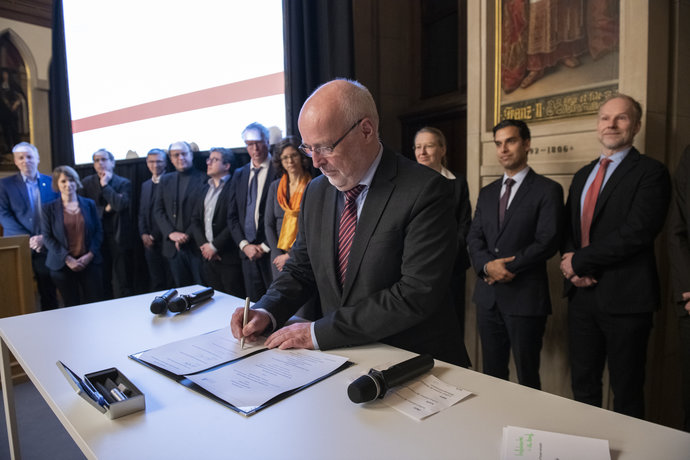
16 institutions from the greater Frankfurt/Rhine-Main region joined forces in the Römer to form a new science network. The future cooperation in the so-called Frankfurt Alliance was sealed with a Memorandum of Understanding. Markus Jaeger, Deputy of the Administrative Managing Directorate of GSI and FAIR, signed the agreement on behalf of GSI.
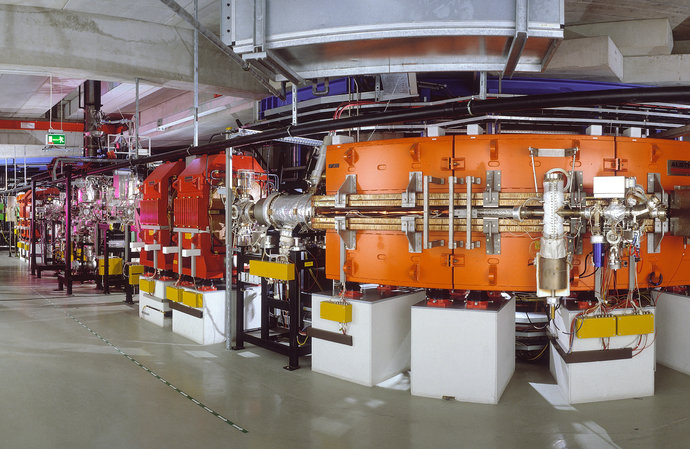
Recently, an international research team has successfully carried out a high precision x-ray spectroscopy measurement on helium-like uranium, the simplest and heaviest many-electron atomic system. The obtained results allow, for the first time in this regime, to disentangle and to test separately high-order (two-loop) one-electron and two-electron quantum electrodynamics (QED) effects and set a new important benchmark for QED in the strong field domain. Moreover, the achieved accuracy of 37…
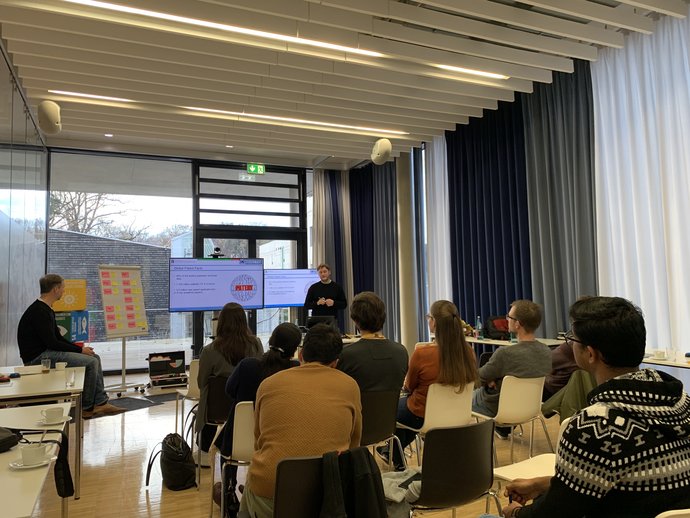
The HEPTrepreneurs Training School, a three-day workshop focusing on fostering entrepreneurial skills in the field of high-energy physics, recently took place at the GSI/FAIR campus. The overarching theme was “Fundamentals of entrepreneurship – how science can impact society”. The workshop, consisting of lectures and interactive workshop formats, was led by two renowned experts: Ian Tracey, CEO of Anchored In, and Viola Hay, Director of International Programs at Anchored In. The workshop was…
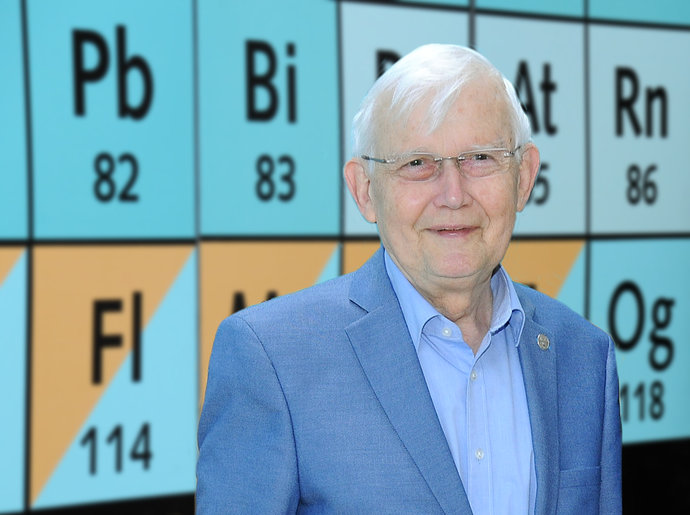
GSI and FAIR mourn the loss of an outstanding scientist and pioneer of nuclear physics who shaped nuclear physics research at GSI Helmholtzzentrum für Schwerionenforschung for decades. The former GSI division head Professor Dr. Gottfried Münzenberg passed away on January 2, 2024 at the age of 83.












